How do the cells of various plant parts differ (BioE80 Spr2015)
 May 25, 2015 • 9:38 PM UTC
May 25, 2015 • 9:38 PM UTC Unknown Location
Unknown Location 140x Magnification
140x Magnification Unknown
Unknown
AlexaRohan.MarcosTorres
Learn about the author...
1posts
0comments
1locations
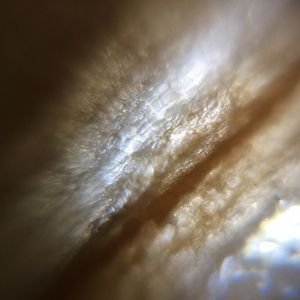
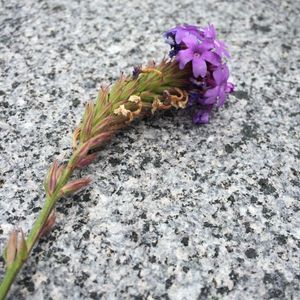
On Monday, we used our foldscopes to take a closer look at the purple flowers in the garden outside the Engineering Quad. We wondered how the different parts of a plant would look under a microscope, what their cells looked like, and how these plant parts were organized. To find answers to our questions, we picked apart the purple flowers and researched what these parts were called. After we understood that we were looking at the plant bracts, leaves, and petals, we began looking at these parts using magnification powers of the foldoscope.


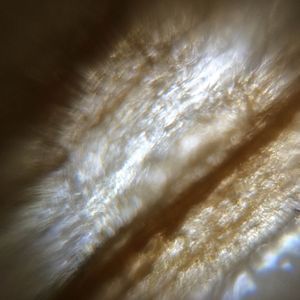
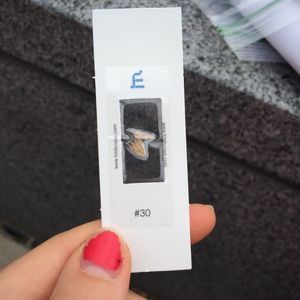
Under this magnification, we were able to see the different sorts of cells in each structure. The bracts had rectangular cells with bands of brown cells and clear cells.
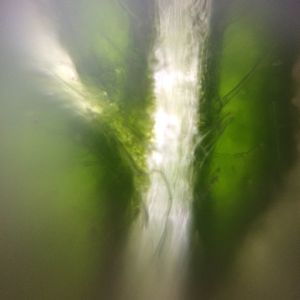
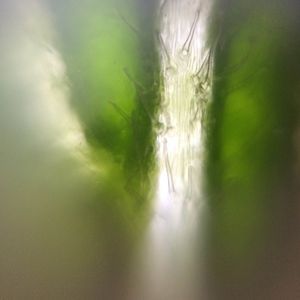
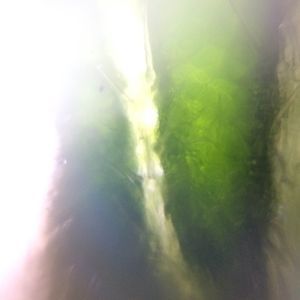
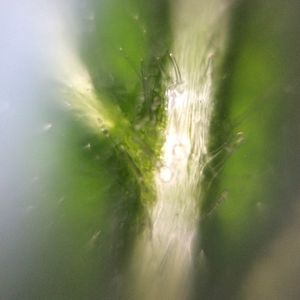
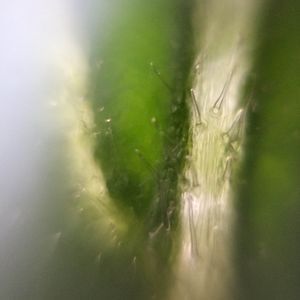
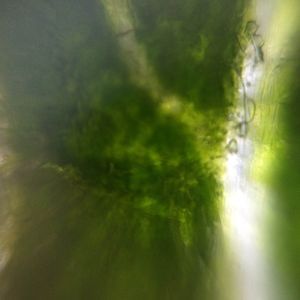
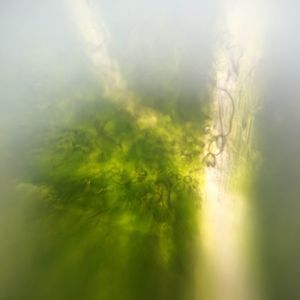
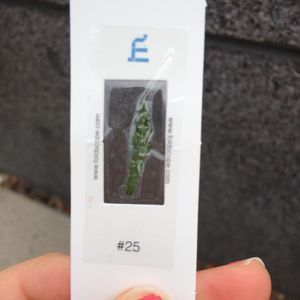
We found that the leaves had little clusters of bright green polygonal cells. These dense, little cells were separated by much larger, long, white rods that seemed to give the leaf support.
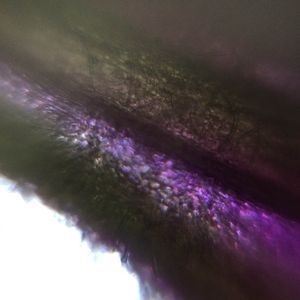
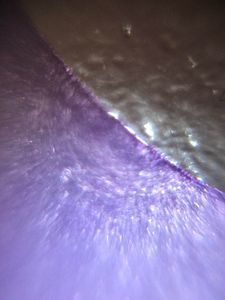
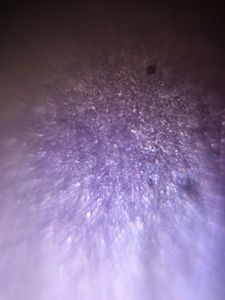
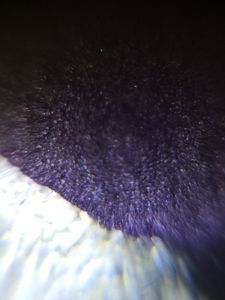
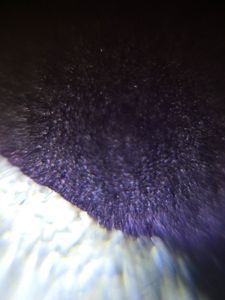
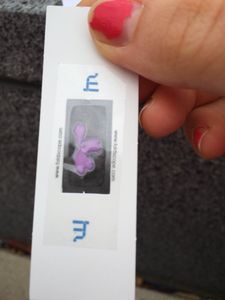
The petals had much more color provided by tiny, circular cells, some bigger than the others.
After discussing the different traits of each plant part, We hypothesized that color and transparency were indicators of cell health. We thought the transparency and brown coloring of the bracts symbolized that these parts had died, while the dense green and purple parts were alive and well. It would be interesting to see why the bracts died first, and how cells differentiate as the whole flower grows.
Contributors: Alexa Rohan and Marcos Torres
After discussing the different traits of each plant part, We hypothesized that color and transparency were indicators of cell health. We thought the transparency and brown coloring of the bracts symbolized that these parts had died, while the dense green and purple parts were alive and well. It would be interesting to see why the bracts died first, and how cells differentiate as the whole flower grows.
Contributors: Alexa Rohan and Marcos Torres
Sign in to commentNobody has commented yet... Share your thoughts with the author and start the discussion!
More Posts from AlexaRohan.MarcosTorres
No more posts from this author.